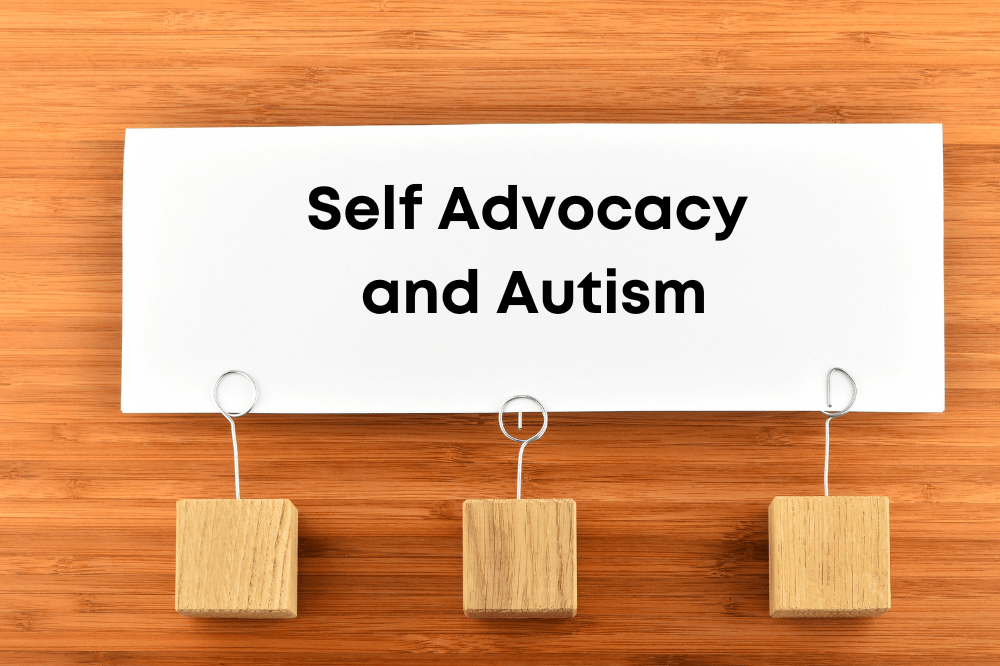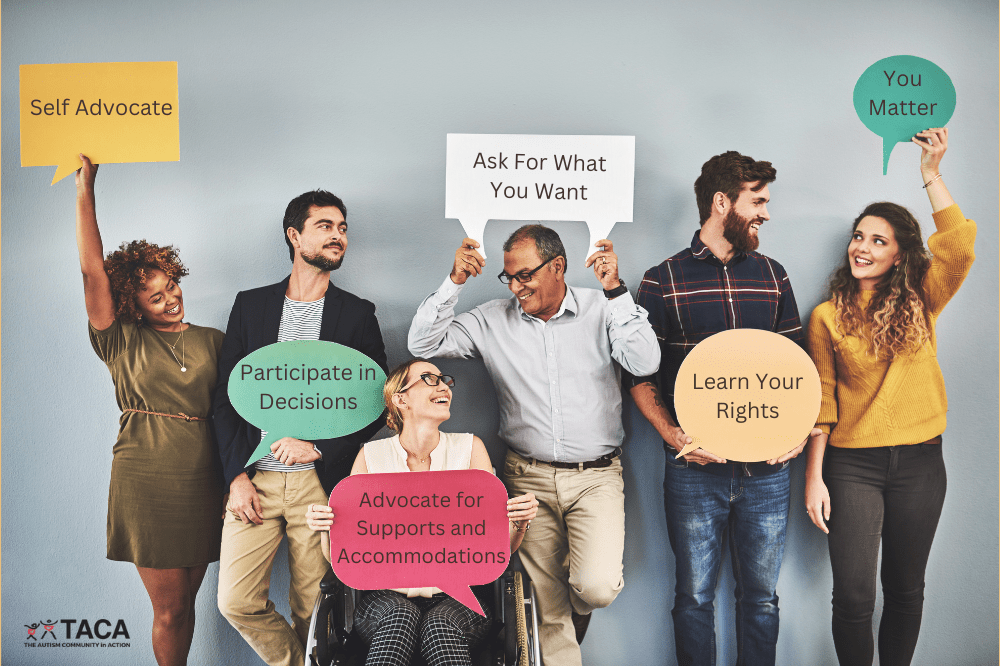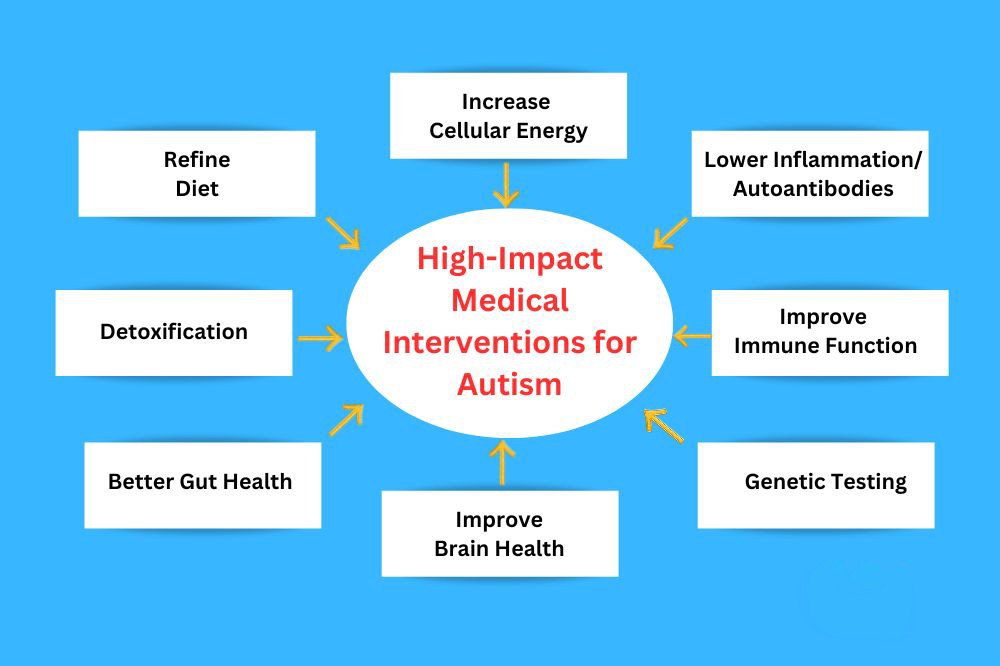Self-Advocacy

All contents of this resource were created for informational purposes only and are not intended to be a substitute for professional advice, diagnosis, or treatment. Always seek the advice of your physician, therapist, or other qualified health providers with any questions or concerns you may have.
When it comes to navigating the world, the importance of self-advocacy cannot be overstated. This crucial ability can be the difference between feeling heard, valued, and understood versus feeling lost, overlooked, or ignored. For individuals with autism, self-advocacy skills are a lifeline to communication, autonomy, and inclusivity.
This article will explore:
- What is Self-Advocacy
- Teaching Self-Advocacy Skills
- Practicing and Honing Self-Advocacy Skills
- The Role of Parents in Teaching Self-Advocacy
- Consequences of Lacking Self-Advocacy
What is Self-Advocacy?
- Essentially, self-advocacy refers to communicating, negotiating, and asserting one’s own interests, rights, needs, and desires.
- It involves making informed decisions and taking responsibility for those choices.
- For individuals with autism, self-advocacy involves expressing their unique challenges and needs, participating in decision-making processes, and actively advocating for appropriate accommodations and support.

Teaching Self-Advocacy Skills to Children with Autism
In order to teach self-advocacy skills to children with autism, instruction should be tailored to their unique needs and abilities. Here are some strategies:
- Communication Skills Training
- Equip the child with various communication tools tailored to their abilities.
- Speech therapy
- Alternative and augmentative communication (AAC)
- Sign language
- Learn more from TACA’s article Therapeutic and Communication Options for Speech Issues in Autism.
- Equip the child with various communication tools tailored to their abilities.
- Educating about Rights and Responsibilities
- Teach your child about their rights and responsibilities, both generally and in relation to their autism diagnosis.
- People should understand that they have the right to be treated with respect, to express their feelings, and to seek help when they need it.
- Teach about laws that protect individuals with disabilities, such as the Americans with Disabilities Act (ADA) and the Individuals with Disabilities Education Act (IDEA).
- Social Stories and Role Play
- Use social stories and role-playing scenarios to help understand various situations. Consequently, this helps people learn appropriate responses and actions.
- Self-Determination Training
- Teach the child how to set goals, make decisions, solve problems, and track their progress. As a result, this fosters independence and promotes a sense of ownership over their choices.
Practicing and Honing Self-Advocacy Skills
Practicing self-advocacy skills is equally important as learning them. People with autism can enhance their skills through the following:
- Practical Application
- In order to foster growth and learning, it’s crucial to always provide opportunities for children to express their needs and make their own choices, offering guidance when necessary.
- Supportive Social Groups
- In addition, joining social groups allows individuals to meet others and get better at sharing their thoughts and needs.
- Ongoing Training
- Furthermore, participation in continuous training programs can promote self-advocacy skills.
- Adapt the training as the person’s needs evolve.
- Student Involvement in the IEP Process
- Not only does the IEP process give your child the opportunity to speak for themselves and advocate for what they need, but it also gives them practice in a supported environment.
- Incorporate self-advocacy skills and student participation into the school transition plan.
- Not only does the IEP process give your child the opportunity to speak for themselves and advocate for what they need, but it also gives them practice in a supported environment.

The Role of Parents in Teaching Self-Advocacy
Parents play a critical role in their autistic child’s self-advocacy journey. Here’s how they can support their child:
- Active Involvement
- Parents should actively participate in their child’s self-advocacy journey, providing encouragement, guidance, and support.
- Modeling Behavior
- Parents can demonstrate self-advocacy by standing up for their child’s rights and needs in various situations.
- Creating a Safe Space
- Provide an environment where the child feels safe expressing their thoughts, feelings and needs without judgment.
The Consequences of Lacking Self-Advocacy Skills
- When a person with autism lacks self-advocacy skills, they may struggle to express their needs, desires, and rights, leading to frustration and misunderstanding.
- They may be less likely to receive the accommodations they require or participate fully in their education, social interactions, or care decisions.
- This underlines the importance of investing time and resources in teaching self-advocacy skills to children with autism.
Conclusion
Teaching self-advocacy skills to individuals with autism is crucial to skill development and independent living. With the right tools, practice, parental support, and understanding, people can learn to express their needs and navigate their world confidently and safely.
Additional Resources
Autism Research Institute: Self-Advocacy
I’m Determined: a source for youth, families, and educators on self-determination
Understood: 6 Tips for Helping Your High-Schooler Learn to Self-Advocate




